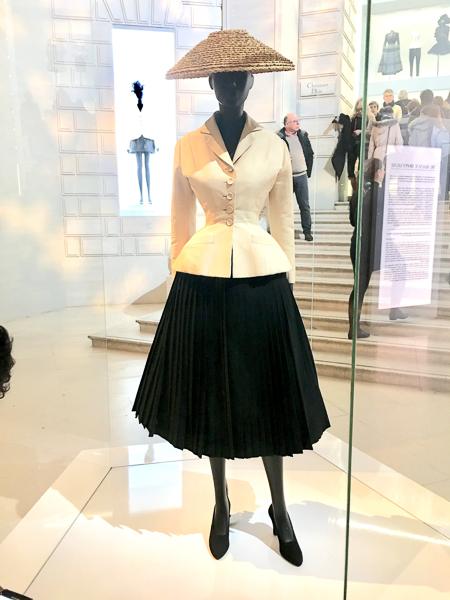I can’t believe I never got around to posting about these shoes back when I was making the rest of the outfit! Okay, so these aren’t really 1920s shoes. They’re actually ballroom dance practice shoes– specifically, these:

I’d been looking for a pair of Oxford-style shoes that I could wear with my white 1920s dress to a lawn party, since it appears that the style was popular at the time.

I’d had my eye on some ballroom dance shoes because I liked the shape and the perforated leather and thought they’d look great with my outfit, but I couldn’t justify spending the money to get a new pair. Then, by sheer good fortune I found a used pair at my local Goodwill for $6 (basically a 1/10 of the original price), and they were exactly my size! I knew they’d be perfect, if not for one thing– the color.
I didn’t want black shoes– they wouldn’t go well at all with my summery white dress, and I was looking for something light and sporty. But they were so cheap and comfortable (can’t beat ballroom dance shoes for flexibility) that I decided that I would give paint a shot– after all, the shoes were inexpensive, they were leather (which meant they ought to be paintable), and it would only take an evening to finish the project.
Continue reading →




















